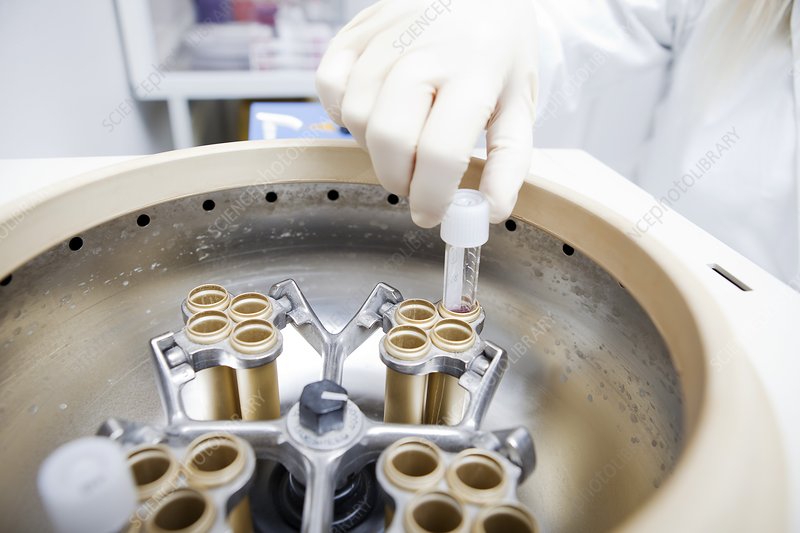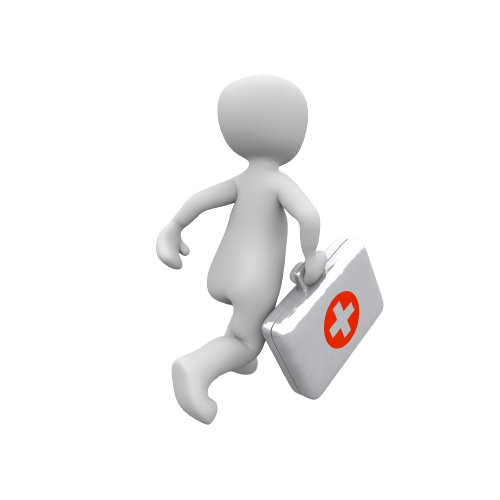
In March, 2022, U.S. Donor Conceived Council (DCC) surveyed sperm bank websites across the United States to analyze their publicly described business practices and compare those practices to the American Society for Reproductive Medicine (ASRM) guidelines, the American Association of Tissue Bank (AATB) guidelines, and DCC’s vision statement.
Given the lack of government regulation over the industry in the United States, these recommended standards represent the best guidance for sperm banks in terms of practices and policies. Our research, however, revealed that sperm banks are largely failing to follow many of the best practices described in these guidelines and DCC’s vision statement.
This article details DCC’s findings and conclusions, which are limited only by what is publicly described on each bank or company’s website and marketed to potential donors and recipient parents.
SPERM BANKS IN THE UNITED STATES
Approximately 41 sperm bank sites operate in the United States, and these banks are owned or operated by 20 unique companies. Only two United States sperm banks are nonprofits.
In terms of national and worldwide impact, at least four companies sell sperm internationally, and many companies sell sperm across the United States. In addition to recruiting donors from within the United States, some companies also import sperm from outside of the United States, particularly from Eastern Europe.
In the United States, sperm banks are physically located in the following states: Arizona (2), California (7), Colorado (1), Florida (2), Georgia (4), Idaho (1), Illinois (2), Louisiana (1), Massachusetts (2), Michigan (1), Minnesota (1), Montana (1), New Jersey (1), New York (4), North Carolina (3), Ohio (1), Pennsylvania (2), Texas (3), Virginia (1), and Washington (3). Of these 19 states, six account for approximately 60 percent of sperm bank locations: California (7), Georgia (4), New York (4), North Carolina (3), Texas (3), Washington (3).
Most sperm banks are located close to prominent universities and, thus, near many young, impressionable adults with significant amounts of student debt. Sperm banks located near universities include:
Arizona
Arizona State University (Phoenix Sperm Bank)
California
University of California San Diego (San Diego Sperm Bank)
San Diego State University (Fertility Center of California)
California Institute of Technology (Fairfax Cryobank Pasadena)
UCSF School of Medicine (Pacific Reproductive Services)
Florida
University of Central Florida (Cryos Orlando)
University of Florida (Cryos Gainesville)
Georgia
University of Georgia (Xytex Athens)
Georgia Institute of Technology, Georgia State University, Emory University (Xytex Atlanta)
Kennesaw State University (Xytex Marietta)
Massachusetts
MIT, Harvard University (California Cryobank Cambridge)
New York
Gonzaga University (NY Cryobank)
North Carolina
UNC Wilmington (Wilmington Reproductive Services)
North Carolina State University (Cryos Raleigh)
Ohio
The Ohio State University (Cryobio)
Pennsylvania
University of Pittsburgh (Pittsburgh Cryobank)
University of Pennsylvania (Fairfax Cryobank Philadelphia)
Texas
Rice University, University of Houston, Texas Southern University (Fairfax Cryobank Houston)
University of Texas (Fairfax Cryobank Austin)
University of Texas at Arlington (Cryobank America)
Washington
University of Washington (Seattle Sperm Bank)
SPERM BANK PRACTICES
Types of Donors Offered
ASRM suggests that if a donor has concerns regarding future contact with donor conceived persons, this should operate as exclusionary criteria, and the group itself recognizes that “anonymity is decreasing with the prevalence of and access to nonmedical genetic testing.” But while anonymity is no longer realistic due to popular at-home genetic testing, 70 percent of companies (14 companies) continue to accept and market anonymous sperm donors.

Only eleven companies (approximately 60 percent) offer “Open ID at 18” donors, in which the donor’s identifying information is purportedly released to the donor conceived person when the donor conceived person reaches the age of majority (18) and makes a request for the information.
There are significant problems with the Open ID at 18 option as it is currently implemented by a number of sperm banks. For example, NW Cryobank and California Cryobank, both owned by Generate Life Sciences Co., require the donor conceived person to sign a nondisclosure agreement prior to the release of the donor’s identifying information. And the Fertility Center of California, CryoGam Colorado, and Repro Lab allow donors to object to the release of identifying information or requires them to initiate contact if they choose to respond to a donor conceived person’s request for communication.
Still other companies will not release the information to the donor conceived person if the donor conceived person’s parents never registered their child’s birth with the bank. Finally, many companies mediate or otherwise control the contact between the donor and the donor conceived person.
Sibling Registries and Live Birth Reporting Requirements
ASRM’s guidelines recognize there can be “future implications” for donor conceived persons “of having persons who are linked through the same donor” and “of receiving new medical information about . . . another donor-conceived sibling.” Thus, ASMR suggests recipient parents be counseled on these topics, among others. Yet only three companies—Seattle Sperm Bank, Fairfax Cryobank, and California Cryobank—currently offer a privately operated sibling registry or forum to connect donor-conceived siblings and their families with each other.

ASRM also recommends “[i]nstitutions, clinics, and sperm banks . . . maintain sufficient records to allow a limit to be set for the number of pregnancies for which a given donor is responsible,” and suggests that, “[a]s far as possible, clinical outcome should be recorded for each donation cycle.” But only six companies (30 percent) require donor sperm recipients to report a live birth or pregnancy, which is necessary for banks to limit the number of families or offspring per donor.
Family Limits
Approximately half of the companies operating sperm banks in the United States do not include publicly available information about whether or how they limit the number of families that may be created using sperm from an individual donor. Of the remaining companies, two have set this limit at ten (Sperm Bank of California and BioGenetics Corporation, only for ID release at 18 donors), and the third has a stated limit of 15 families per donor (Pacific Reproductive Services).
Approximately six companies have an unacceptably high limit or merely a “goal” of no more than 25-30 families per donor, with some companies only applying this limit to the United States and allowing for additional families per donor in other countries. In practical terms, a limit of 25-30 families per donor likely results in a donor conceived person having dozens of donor siblings.
Donor Age Limits
No sperm bank with publicly available data is operating using donor age limits consistent with the recommendations of ASRM and AATB, which suggest a minimum donation age of 21 and a maximum age of 39. Instead, the majority of banks (79 percent) allow teenage males to provide sperm for the purposes of assisted insemination. Two banks have a minimum age of 20 (Sperm Bank of California and International Cryogenetics). The maximum age accepted by banks varies from 33 to 44. Thus, all banks with publicly available data are disregarding the recommended minimum age for donation, and five companies are disregarding the recommended maximum age for donation.
Verification of Donor’s Self-Reported Information
No sperm bank has publicly indicated that it verifies a donor’s self-reported medical history by obtaining copies of a donor’s medical records. Only six companies (30 percent) verify a donor’s self-reported education history through transcripts or other records. And only eight companies (40 percent) conduct criminal background checks on donors.
Donor Family Medical History and Genetic Screening
Under ASRM’s guidelines, donors should undergo an expanded/panethnic genetic carrier screening and provide “a detailed [three]-generation family history description to the extent possible.” ASRM further recommends that despite the Food and Drug Administration requirement that screening and test results be maintained for at least ten years, “a permanent record of each donor’s screening and test results should be maintained.” And ASRM recognizes that these records “should exist as a future medical resource for any offspring produced.”
Despite these recommendations, only seven companies (35 percent) currently request three generations of family medical history from donors. And only a little more than half of companies (65 percent) conduct expanded/panethnic genetic carrier screening on donors.
Psychological Evaluations and Required Counseling
ASRM recommends that all donors undergo a “clinical evaluation by a qualified licensed mental health professional who has received training and education in third-party reproduction. . . .” Additionally, ASRM recommends that donors be evaluated for their understanding of the risks and long-term implications of donating gametes, including, but not limited to, emotional and social risks; evidence of coercion; implications of contact for the donor and their children, partners, and extended family; and the potential for multiple families to receive the donor’s gametes.
These recommendations notwithstanding, only 50 percent of sperm banks (ten companies) conduct psychological evaluations of donors as recommended, and just ten percent of banks (two companies) require pre-donation psychoeducational counseling for donors.
Accreditation by American Association of Tissue Banks (AATB)
Only one company, California Cryobank, is accredited by the American Association of Tissue Banks (AATB) to acquire, assess, and store human reproductive tissue consistent with the AATB’s Standards for Tissue Banking. This is significant because the AATB, unlike ASRM, inspects accredited banks to ensure that they meet standards for collection, screening, and distribution of donor reproductive tissue. These standards and inspections can help avoid misconduct and negligence by banks and clinics.
CONCLUSION
As the above analysis shows, based on their publicly available websites, most U.S. sperm banks do not follow industry guidelines or best practices that protect the needs and interests of donor conceived persons. This reiterates the urgent need for proper regulation of the donor gamete industry to protect donor conceived people and their families.



Leave Your Comment